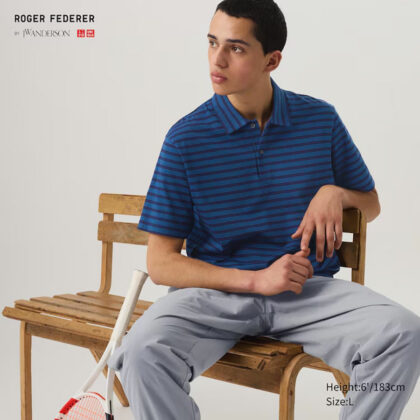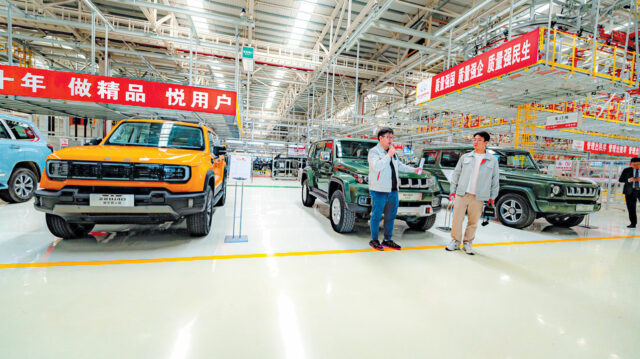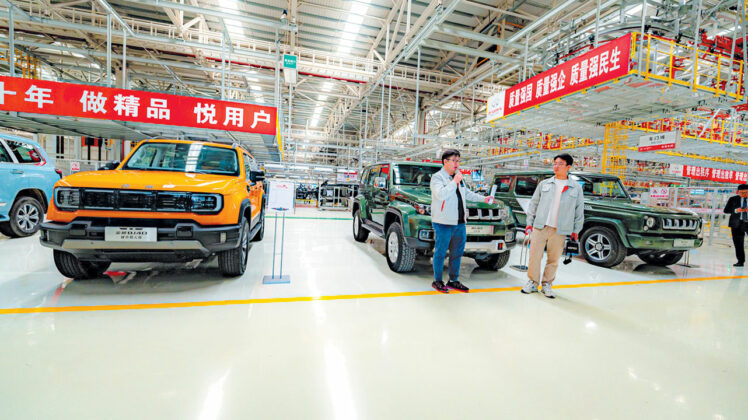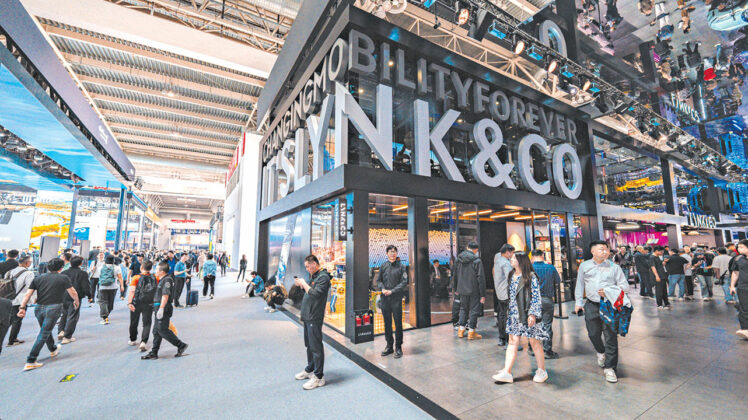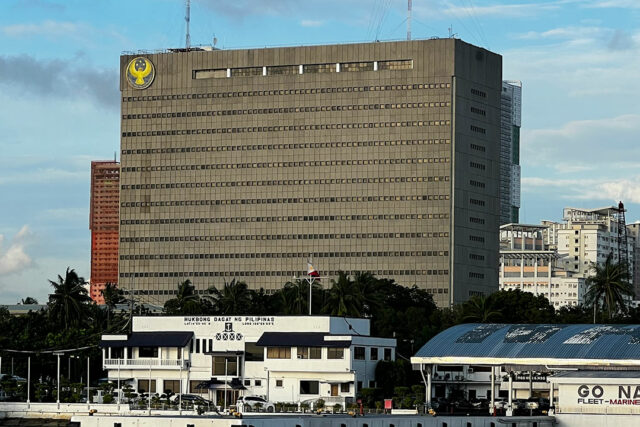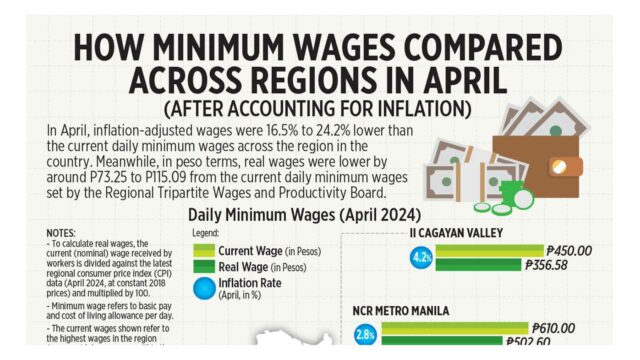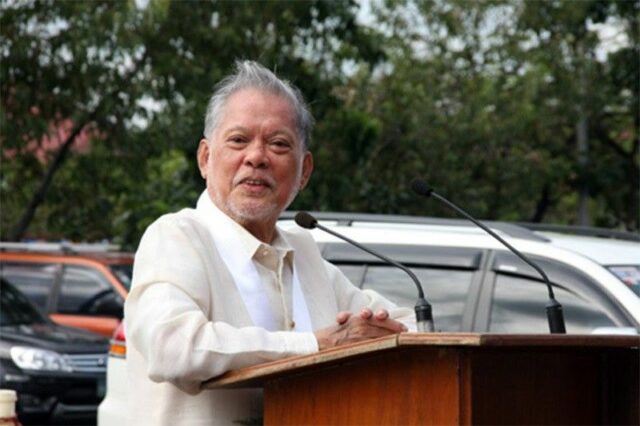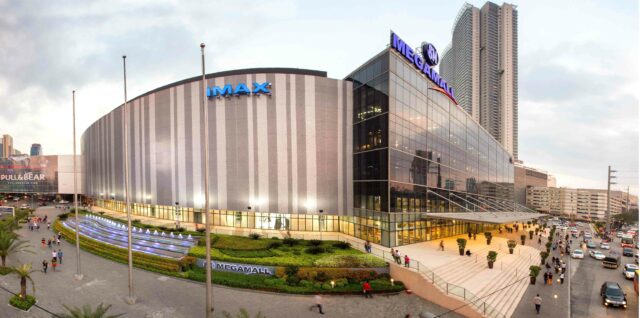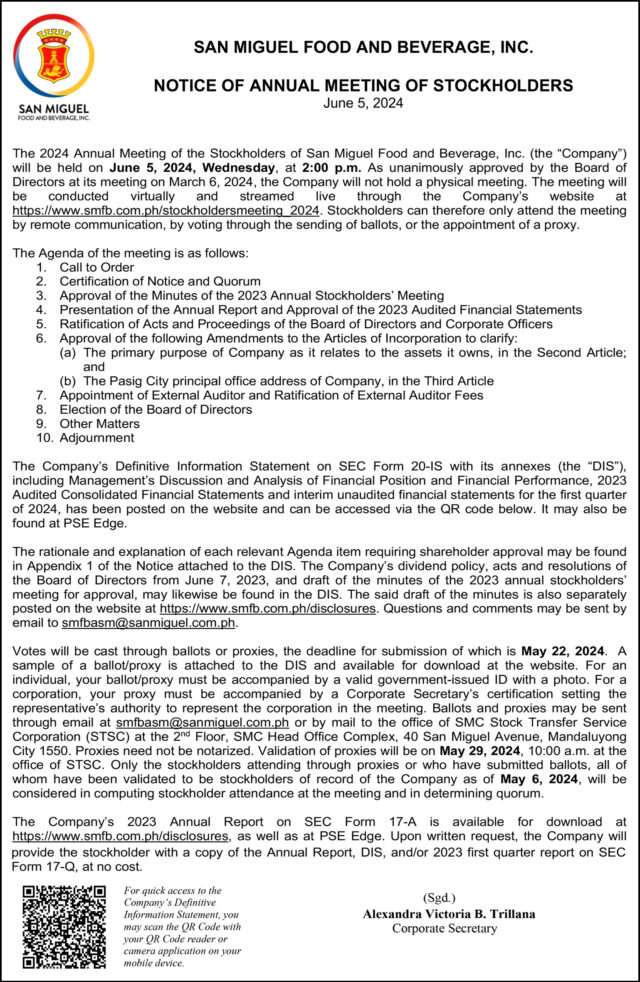Style (05/13/24)
Uniqlo Launches new Roger Federer collection by JW Anderson
GLOBAL apparel retailer Uniqlo announced the launch of the latest collaboration line between Roger Federer, the tennis legend and Uniqlo Global Brand Ambassador and British brand JW Anderson. The 2024 Spring/Summer collection, inspired by vintage tennis wear, can be styled for casual or active settings, presenting a new Sport Utility Wear lineup that combines functionality, versatility, and fashion. Roger Federer commented, “I am happy to unveil the second collection from our collaboration between JW Anderson and Uniqlo. It’s been a pleasure working with Jonathan again, bringing together his unique vision with Uniqlo’s expertise in creating stylish and functional products. I hope everyone enjoys wearing these pieces, whether it’s on the tennis court, for other sports, or in casual settings.” Jonathan Anderson said, “I am honored to again collaborate with Roger Federer, whom I always admire. This collection draws design inspiration from previous tennis eras, incorporating Uniqlo’s signature functional fabrics. I believe we’ve crafted items that not only resonate with the essence of sport but also serve as versatile everyday wear that everyone can enjoy.”
This latest collection features striking vintage-chic colors including sage green and charcoal gray. Items such as the Lightweight Parka, with a boxy silhouette accented with color-block tape on raglan sleeves, or the Nylon Jogger Pants, featuring a relaxed silhouette reminiscent of 90’s-era track pants, can be styled for both sporty and casual looks. The smooth and comfortable AIRism Polo Shirt has a border stripe pattern characteristic of JW Anderson’s playful design. Polo shirts and shorts made with DRY-EX material to reflect Roger Federer’s vision of style can be worn in all types of settings, from active daily life to full-fledged sports. Prices range between P990 to P2490. The collection hits stores on May 17.
Sunplay makes it easier under the sun
JAPANESE sunscreen brand Sunplay offers a line of advanced sun care products that make it easier to be bolder under the blazing sun. Created specifically for long hours of water and outdoor activities, Sunplay has an advanced formula featuring Solarex-3 technology, providing a three-in-one defense system against ultraviolet (UV) damage, skin aging, and dryness. Features include SPF130 PA++++ high performance protection, a breathable texture for all-day comfort, and waterproof and sweatproof benefits for up to four hours. It even has wet skin technology for direct application after sweating or swimming. Sunplay Ultra Shield UV Body Mist SPF 130 is packed in a convenient spray bottle. It allows for easy and even application, ideal for reapplying sun protection for your body. Sunplay Ultra Shield SPF 130 Lotion has the same formula that glides onto the skin effortlessly. It also has skin-friendly benefits like Aloe Vera and Vitamin E. Sunplay is available at Watsons or online through the official Mentholatum stores on Lazada and Shopee.
Ever Bilena teams up with Miss Philippines Earth to champion sustainability
WITH a shared dedication to beauty and environmental responsibility, Ever Bilena is leveraging the pageant’s platform to promote its clean beauty advocacy and commitment to sustainability. This year’s focus tackles a critical environmental concern: the growing problem of post-consumer waste. The brand leverages the Miss Philippines Earth platform to raise awareness about upcycling and showcase their sustainability initiative with Ecoloop, Republic Cement’s resource recovery arm. Ecoloop utilizes co-processing technology, transforming plastic waste into alternative fuel for cement production. This reduces reliance on fossil fuels like coal, effectively diverting waste from landfills and waterways. The initiative tackles plastic pollution at its source by capturing both pre-consumer and post-consumer plastic waste. The collaboration extends beyond education. Miss Philippines Earth candidates recently posed with cement made from post-consumer plastic waste, including waste collected by Ever Bilena itself. According to Ever Bilena’s Chief Sales & Marketing Officer, Denice Sy, “This powerful image unites beauty, environmental consciousness, and innovative solutions — a perfect representation of the Ever Bilena and Miss Philippines Earth partnership.”


